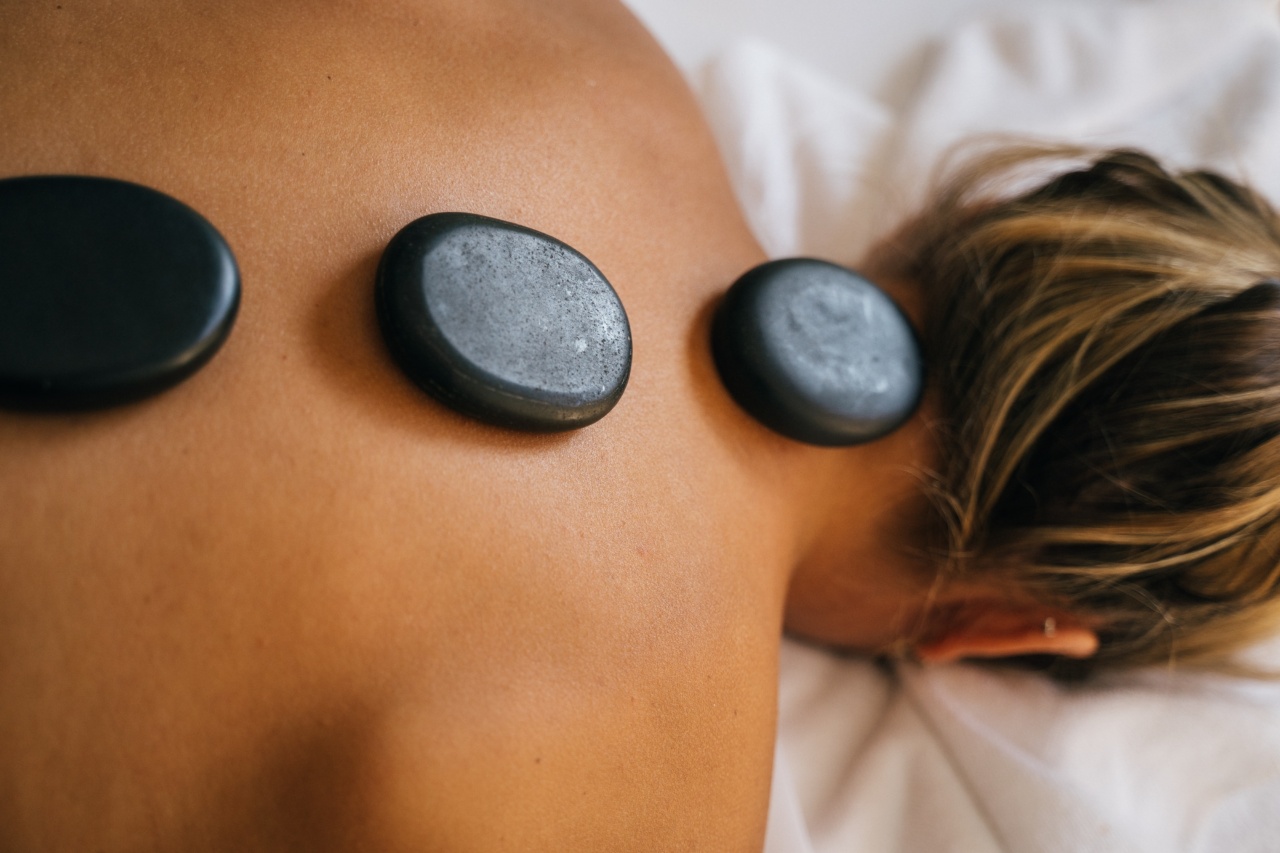Cervical and back pain is a common problem that affects many people across the world.
This pain can be caused by a variety of factors, including poor posture, sleeping in an uncomfortable position, sitting for too long, lifting heavy objects incorrectly, or sporting injuries. Cervical pain can be particularly debilitating, as it can affect your ability to turn your head and cause headaches.
To help prevent cervical and back pain, here are six tips for relief:.
Tip 1: Maintain Good Posture
One of the most common causes of cervical and back pain is poor posture. If you spend a lot of time sitting at a desk, make sure your chair is properly adjusted. Your feet should be flat on the floor, and your knees should be at a 90-degree angle.
Your computer monitor should be at eye level. When sitting, try to keep your shoulders relaxed and avoid slouching.
If you find that you tend to slouch, try using a posture corrector. These are special devices that help keep your shoulders back and your spine in alignment.
Over time, using a posture corrector can help improve your overall posture and reduce the risk of cervical and back pain.
Tip 2: Sleep in the Right Position
The way you sleep can also have a big impact on your cervical and back pain. Sleeping in the wrong position can put extra strain on your spine and cause discomfort.
Try to sleep on your back or side, as sleeping on your stomach can strain your neck and back.
Make sure you have a comfortable mattress and pillow. Your mattress should be firm enough to provide support, but not so firm that it puts pressure on your joints. Your pillow should support your head and neck, keeping them in a neutral position.
Tip 3: Get Up and Move
Sitting for long periods of time can cause stiffness in your neck and back muscles. If you work at a desk all day, make sure you take regular breaks to get up and move around.
Take a short walk, do some stretching exercises, or even just stand up and stretch your arms and legs.
If you find that you can’t take regular breaks, try using a standing desk. This will allow you to work while standing up, which can help reduce the strain on your back muscles.
Tip 4: Lift Heavy Objects Correctly
Lifting heavy objects incorrectly can put a lot of strain on your back muscles. To lift heavy objects safely, follow these steps:.
- Start by standing close to the object, with your feet shoulder-width apart.
- Bend your knees and squat down, keeping your back straight.
- Grasp the object firmly, using your whole hand.
- Slowly stand up, using your leg muscles to lift the object.
- Hold the object close to your body, and avoid twisting your back while carrying it.
- When setting the object down, reverse the steps. Bend your knees and lower the object to the ground.
Tip 5: Exercise Regularly
Regular exercise can help strengthen your back muscles and reduce the risk of cervical and back pain. Choose exercises that focus on your core muscles, such as yoga, Pilates, or weight training.
Stretching exercises can also help reduce stiffness and improve range of motion. Try stretching your neck, shoulders, and back before and after exercise, or whenever you feel stiff.
Tip 6: See a Doctor or Chiropractor
If you are experiencing chronic cervical or back pain, it may be time to see a doctor or chiropractor. They can help identify the cause of your pain and recommend a treatment plan.
This may include medication, physical therapy, or chiropractic adjustments.
If you have been involved in a sporting injury, it is especially important to see a doctor or chiropractor. They can help you recover from your injury and reduce the risk of long-term damage.
Conclusion
Cervical and back pain is a common problem that can be caused by a variety of factors, including poor posture, sleeping in an uncomfortable position, sitting for too long, lifting heavy objects incorrectly, or sporting injuries.
To help prevent cervical and back pain, maintain good posture, sleep in the right position, get up and move, lift heavy objects correctly, exercise regularly, and see a doctor or chiropractor if you experience chronic pain.




























